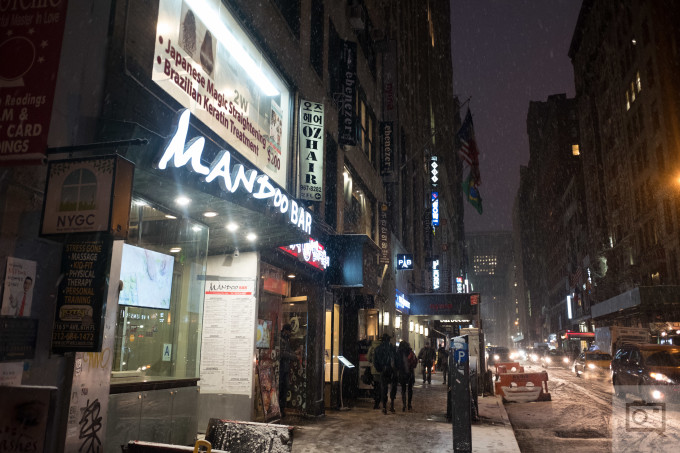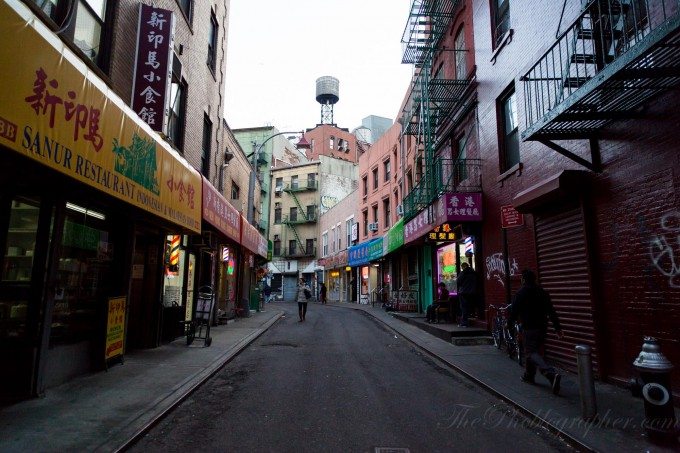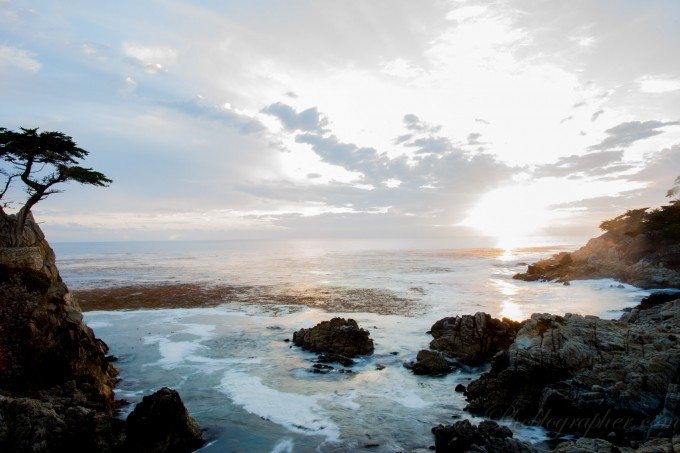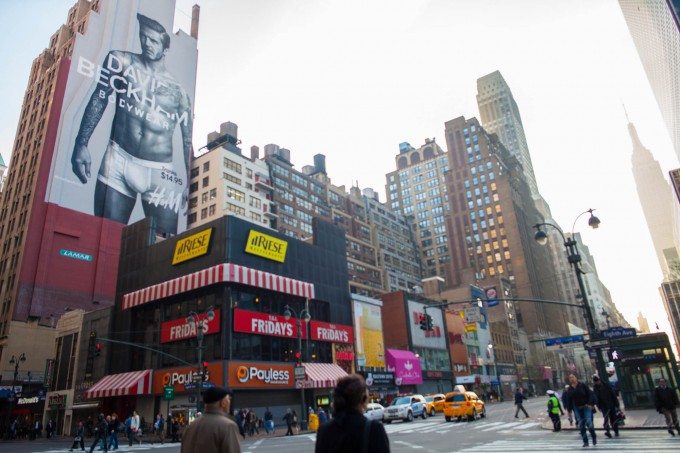In 2008, Canon spearheaded a charge for a major state of innovation that would forever change the industry. The Canon 5D Mk II was announced: and not only could it shoot HD video but it could also resolve loads of details, handle ISO noise pretty well and had great dynamic range rendition. At the same time, Trey Ratcliff’s Stuck in Customs was taking off a bit more than it already had as the world marvelled at his HDR photography. I did it, you did it, advertisers did it, etc. All of that created a world where photographers sit there and complain about the dynamic range on the internet because they have a computer and an avatar. For a while, it made sense; but the year is now 2016: and the truth is going to hurt for many of you still stuck in 2005.
Are you ready?
Are you seriously ready?
Okay.
The only goddamn thing that is screwing with your ability to get the appropriate level of dynamic range from your camera that you need for your images is your lack of wanting to learn how to meter a scene better.
For many years now, cameras have been fantastic. They’ve all had great sensors and so what if you can’t get more details from your photo. No one ever became a better photographer by accruing more gear: they became better by developing ideas and learning how to meter.
Not enough details in your highlights? Underexpose and push the shadows: modern imaging sensors can render fantastic results from pushed shadows.
Not getting enough from your shadows? Raise the ISO or change your settings. If the shutter is too slow then adjust yourself accordingly or use a tripod or a solid, flat surface. If you’re afraid of the high ISO settings then Lightroom or Noiseless Pro (review here) can help you.
Still not getting what you want? Have you considered the use of a flash or a graduated ND filter? Photographers have used them for years and created some of the best and most memorable images ever with them. The fact that you’re complaining about it vs trying to do something about signals laziness. So what you’re secretly exclaiming to the world is that you’re a lazy photographer.
Can’t get it in one shot? These days we’ve got memory cards that can hold literally thousands of images.
Still not getting the results you want? Shoot multiple images: Lightroom and Aurora HDR (review here) can do a fantastic job for you.
And again, if you’re against doing anything in post-production because you’re too lazy, there are in-camera methods that can accomplish this: like metering and using extra tools. It’s simple. It makes sense.
Photography is an expensive hobby, but using the tools that get you the results can help. Even more importantly, using the knowledge that can get you the results help to a greater degree. For what it’s worth, the photography community would be a heck of a lot better if there were less lazy folks and more determined folks looking to actually become better. That isn’t to say everyone is lazy, some people just genuinely don’t know any better.
But sitting there complaining instead of doing something about it isn’t going to make that image any better.






